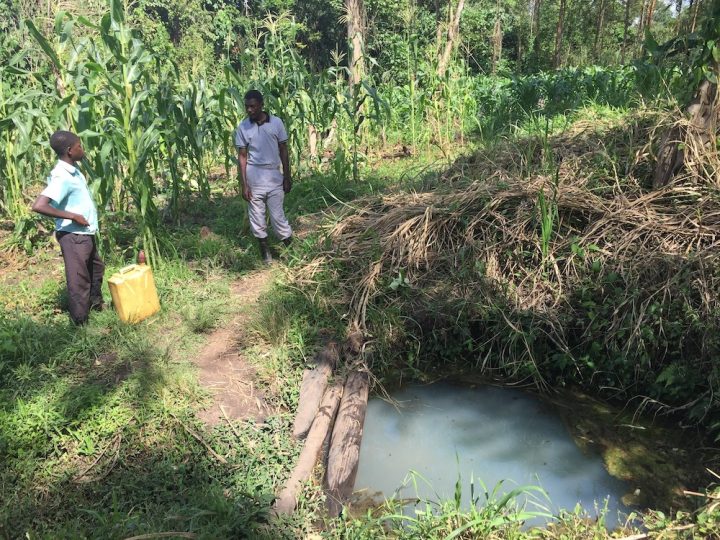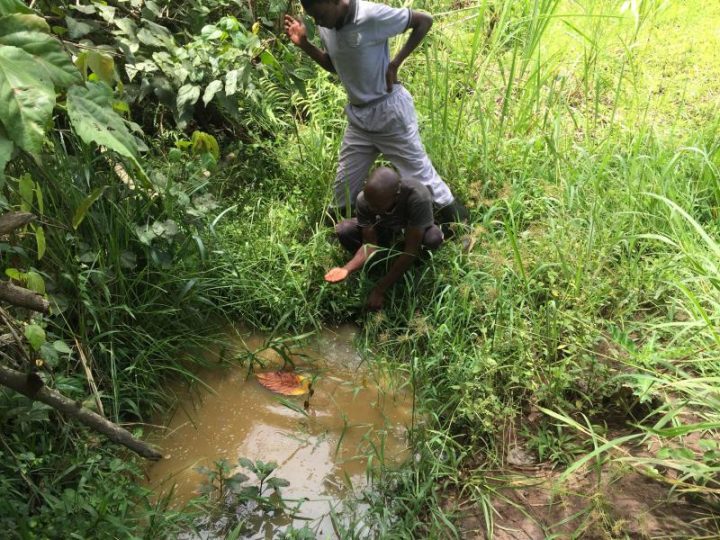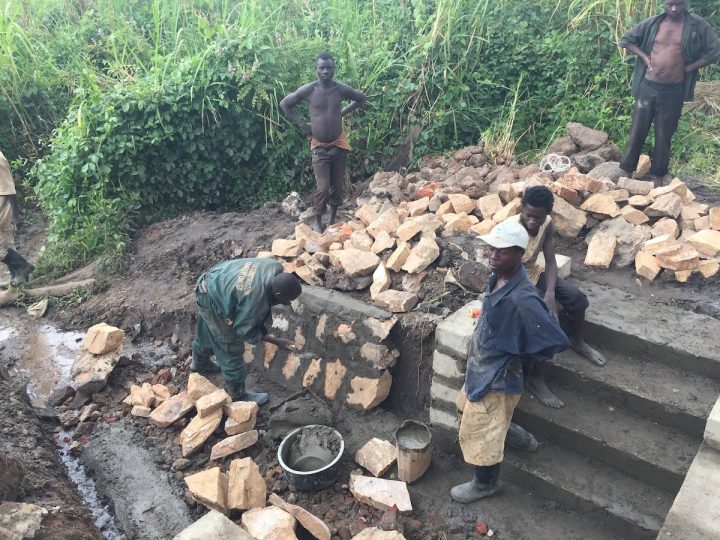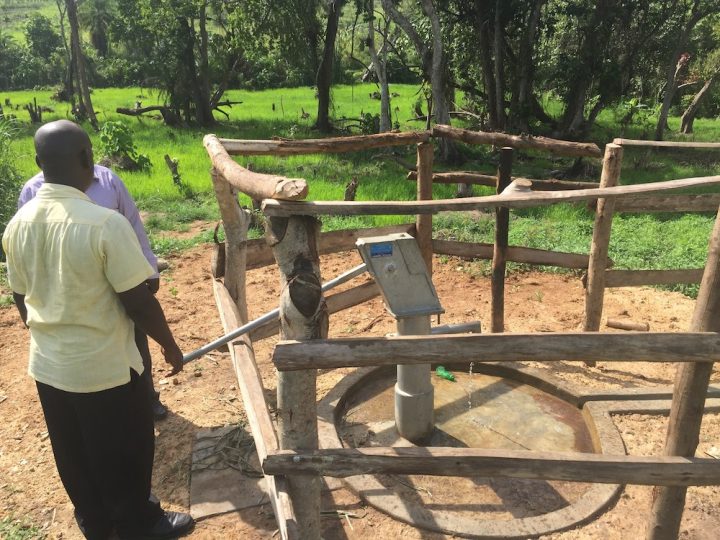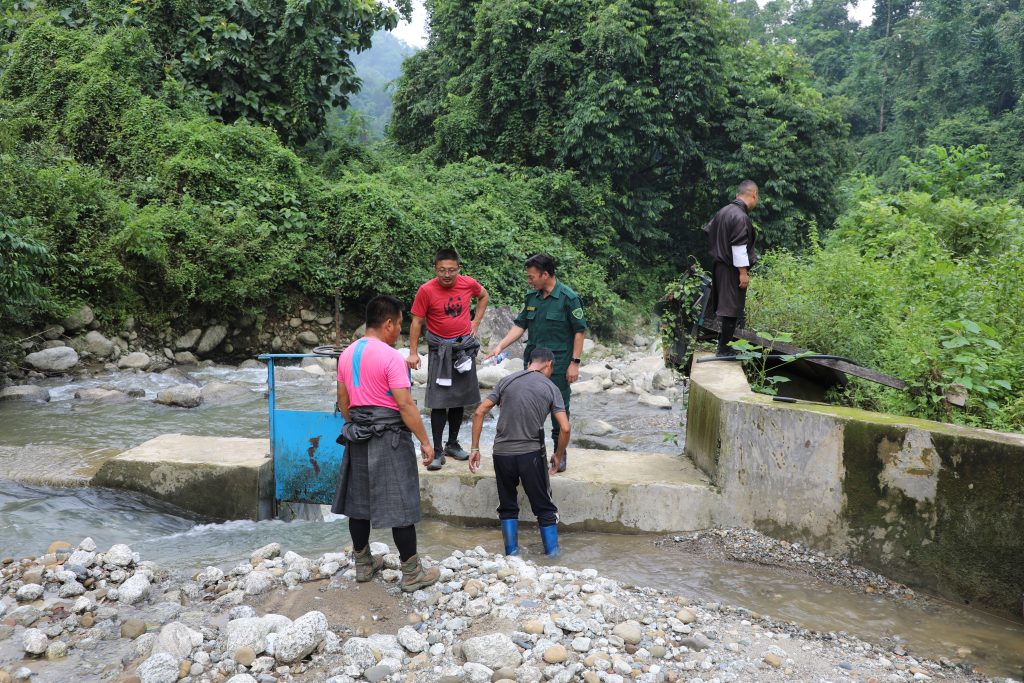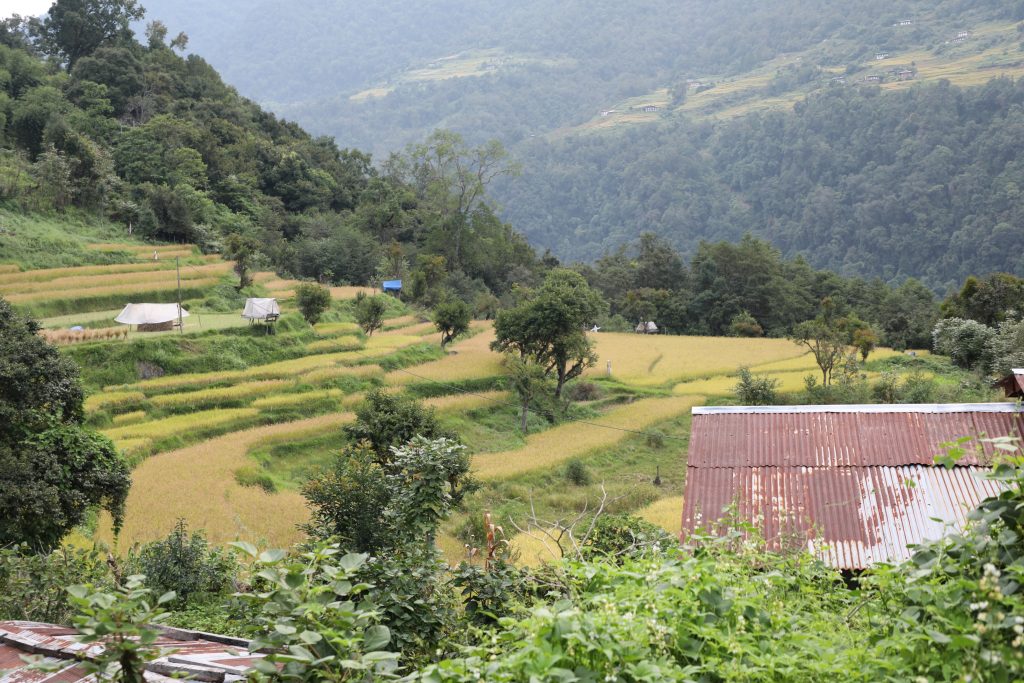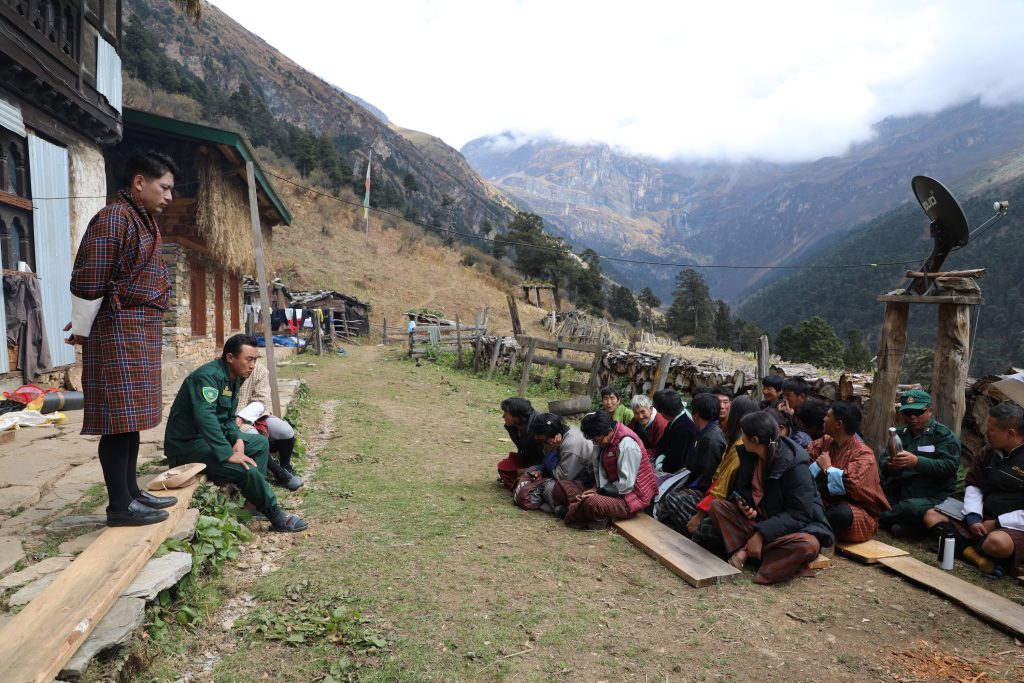Purpose
Protect water resources affected by drought and storm run-off.
Climate Impacts
Kihigwa community members report the following impacts:
contaminated water sources
from worsening storm run-off
Increased prevalence
of water-borne diseases
Decreased water availability
due to extreme drought
Increased time
spent collecting water
Livelihood loss
due to crop declines and poor livestock health
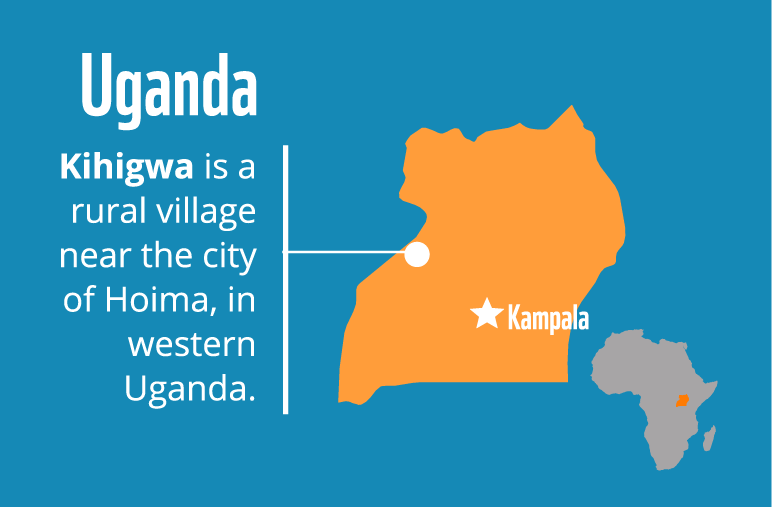

Activities
Community Action Planning
Following a participatory appraisal, community members and project facilitators wrote a community action plan (CAP) for project implementation.
Surveying of water resources
Water resource engineers surveyed fourteen water sources to determine usage rates - and technical feasibility. Only those that benefited the community most were selected for repair.
Water source committees
users of each water source met to establish management plans, including a system of fee collection to fund future repairs
Improvement of water resources
Project facilitators developed plans to move agricultural activities away from water sources, build protective barriers around wells, plant native trees and shrubs to reduce sedimentation, and remove contaminants.
project outcomes
project design
Through a participatory rural appraisal, community mapping and development of seasonal calendars, the community of Kihigwa, with the help of a local Peace Corps volunteer, identified water insecurity as a critical climate change impact affecting community members. This project set out to repair existing wells and implement measures to protect four open springs from evaporation during droughts and contamination from increased storm runoff. The project also helps address other challenges identified by the community, including health issues, agricultural output and gender equity. Improvement of water resources will reduce water-borne illness, provide water for farm irrigation, and reduce the amount of time spent collecting and purifying water, a responsibility primarily shouldered by women.

